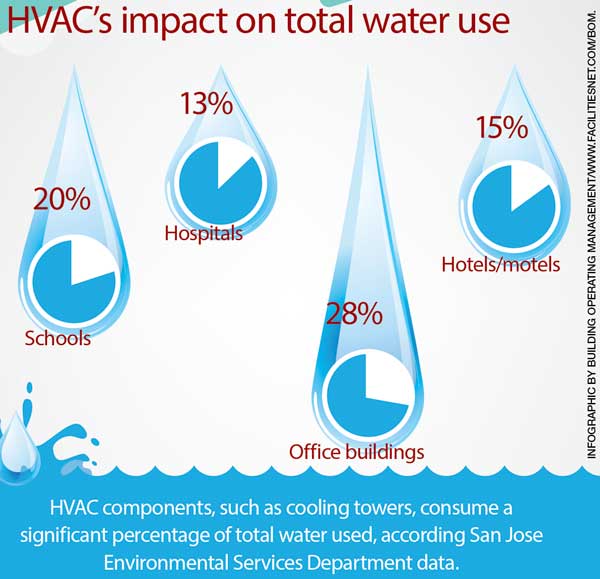The Ultimate Guide To Understanding Warm Pumps - How Do They Function?
The Ultimate Guide To Understanding Warm Pumps - How Do They Function?
Blog Article
Composed By-Whitfield Cates
The most effective heat pumps can conserve you considerable quantities of cash on energy bills. They can additionally help in reducing greenhouse gas exhausts, specifically if you utilize electricity instead of nonrenewable fuel sources like lp and home heating oil or electric-resistance heating systems.
Heatpump work very much the same as air conditioning unit do. This makes them a practical choice to typical electric home heating systems.
Exactly how They Function
Heat pumps cool down homes in the summer season and, with a little assistance from electrical power or natural gas, they offer several of your home's home heating in the winter. They're a great alternative for individuals that intend to decrease their use of nonrenewable fuel sources however aren't all set to change their existing heater and cooling system.
They count on the physical fact that also in air that seems also chilly, there's still energy present: warm air is always moving, and it wants to relocate into cooler, lower-pressure settings like your home.
Many ENERGY celebrity certified heatpump run at close to their heating or cooling ability throughout a lot of the year, decreasing on/off cycling and conserving power. For the best performance, focus on systems with a high SEER and HSPF rating.
The Compressor
The heart of the heat pump is the compressor, which is likewise known as an air compressor. This mechanical flowing gadget utilizes prospective energy from power production to raise the pressure of a gas by decreasing its volume. It is different from a pump because it only deals with gases and can't deal with liquids, as pumps do.
Climatic air goes into the compressor through an inlet valve. It circumnavigates vane-mounted arms with self-adjusting size that split the inside of the compressor, producing several tooth cavities of differing dimension. The rotor's spin pressures these cavities to move in and out of stage with each other, pressing the air.
The compressor pulls in the low-temperature, high-pressure cooling agent vapor from the evaporator and compresses it into the warm, pressurized state of a gas. https://www.goodhousekeeping.com/videos/a39894885/how-to-clean-air-conditioner/ is repeated as required to provide home heating or air conditioning as needed. The compressor likewise has a desuperheater coil that recycles the waste warmth and adds superheat to the cooling agent, changing it from its fluid to vapor state.
The Evaporator
The evaporator in heatpump does the same point as it performs in refrigerators and a/c unit, transforming liquid refrigerant into an aeriform vapor that gets rid of warmth from the space. Heat pump systems would certainly not function without this crucial piece of equipment.
This part of the system is located inside your home or building in an indoor air handler, which can be either a ducted or ductless system. It consists of an evaporator coil and the compressor that compresses the low-pressure vapor from the evaporator to high pressure gas.
Heat pumps take in ambient warm from the air, and afterwards make use of electricity to move that heat to a home or business in home heating setting. That makes them a lot extra energy reliable than electric heating systems or furnaces, and due to the fact that they're utilizing tidy power from the grid (and not melting fuel), they likewise generate far fewer emissions. That's why heat pumps are such terrific ecological selections. (Not to mention a big reason why they're coming to be so preferred.).
The Thermostat.
Heat pumps are terrific alternatives for homes in chilly environments, and you can utilize them in combination with conventional duct-based systems or even go ductless. They're an excellent alternate to fossil fuel heater or traditional electric heating systems, and they're much more sustainable than oil, gas or nuclear HVAC equipment.
Your thermostat is the most crucial part of your heatpump system, and it works very in different ways than a standard thermostat. All mechanical thermostats (all non-electronic ones) job by using materials that change dimension with increasing temperature, like coiled bimetallic strips or the broadening wax in a vehicle radiator shutoff.
These strips contain 2 different kinds of steel, and they're bolted together to develop a bridge that finishes an electrical circuit attached to your cooling and heating system. As the strip obtains warmer, one side of the bridge increases faster than the various other, which triggers it to bend and signify that the heating unit is needed. When the heatpump is in home heating setting, the reversing shutoff reverses the flow of refrigerant, to make sure that the outdoors coil now functions as an evaporator and the indoor cylinder comes to be a condenser.